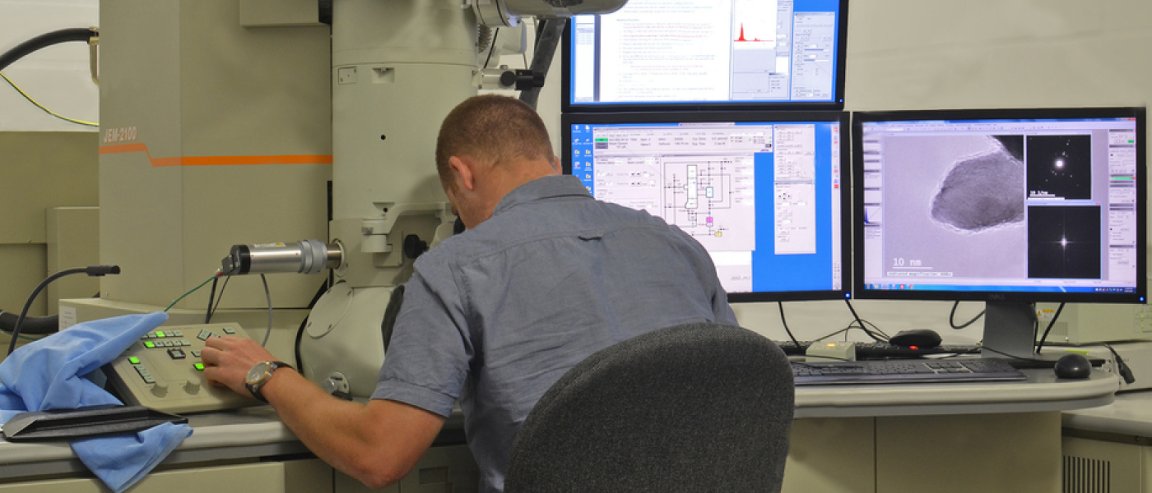
Nanomedicine: A Growing Field
Nanomaterials are engineered devices so small that they can only be measured on a molecular scale. These microscopic machines come in many shapes and can be made out of many different kinds of material, from gold to synthetic polymers, depending on their designed functions — which are numerous and varied.
Uses for these devices range from making your computer run 1,000 times faster to wiping out cancer tumors. In fact, over 50 nanoparticle-based medicines have already been approved by the Food and Drug Administration, such as Abraxane for breast cancer and Doxil for ovarian cancer — and many more are in clinical trials.

The benefits of using nanomaterials in medicine are many, especially when it comes to cancer therapies. Right now, these machines are being used to selectively deliver toxic chemotherapy to cancer tumors, reducing the doses required to kill the tumors and the risks of serious side effects for the patient. In the future, nanotherapeutics may be engineered to kill cancer cells themselves, possibly activated near-infrared light.
These life-saving technologies have sparked a surge of research that has grown since the early 2000s. And while many researchers have been eager to test their nanomaterials for anti-cancer activity, they have had few tools for doing so.
A Novel Platform
To put this in perspective, let’s take a look at the pharmaceutical industry. Conventional drug developers have streamlined their process of drug discovery and development, but even so, 90 percent of potential drugs that pass all of their cellular and animal tests fail in clinical trials when tested in humans. This represents billions of dollars wasted that might have been spent on drugs that could actually help people. And this is the reality for an industry that already has a myriad of tools for testing their drug candidates. Just imagine the hurdles faced by an entirely new class of therapeutics that has precious few of these tools. Such is — or was — the case for nanomaterials.
Researchers from Northwestern Medicine addressed this need by developing a non-invasive method for real-time imaging what the nanoparticles were doing to cancer gene expression in mice. They published their results in Proceedings of the National Academy of Sciences.
“This is an important step forward for the field,” principal investigator, Alexander Stegh, said in an interview for a Northwestern press release. “The very thorough optimization that we see in conventional drug development had been missing in the nanotech space, and we felt very strongly about changing this. The system that we developed here really allows us to support those efforts.”
Stegh’s team used the platform to test the therapeutic nanomaterials they were developing — spherical nucleic acids (SNAs), which may be able to kill a currently incurable type of brain cancer by targeting a particular gene. Their system allowed them to see that the nanoparticles had the greatest effect between 24 and 48 hours after administration, giving them an idea for the best time frame to administer additional chemotherapy.
While this study demonstrates some potential for SNAs to one day help patients with brain cancer, the platform itself may have the greatest impact on our treatment options, said researcher Timothy Sita.
“It’s a platform to help optimize the drugs in mice before they go to human trials and make something that will translate better to the clinic,” Sita said in the press release. “Now we can tweak these particles — play with the shape of the nanoparticle, or how much RNA we load onto the particle, for example — and then assess very quickly whether those changes are more effective or not.”